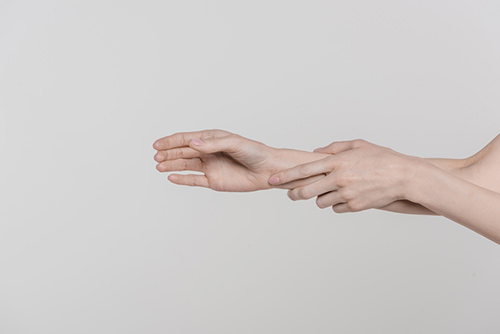
What does this mean for patients? Well, first and foremost, it means that injuries that couldn’t have been repaired previously – before the technology was available – probably wouldn’t have been routinely successful. Microsurgical techniques allow surgeons to do things like reattach fingers that have been amputated, or to transplant sections of tissue (muscle, bone, etc.) from one area of the body to another. All of this culminates into the surgeons’ ability to (re)attach blood vessels and nerves, allowing the transplanted tissue to thrive in its new location AND so that the feeling (sensation) of the tissue can be maintained.
Since the early 1960’s, surgical advances in regards to replanting severed digits and limbs have made huge strides, allowing what once was once only a dream to become a reality. Microsurgery has provided a way to effectively reestablish blood flow to incredibly tiny nerves and vessels – which has had a tremendous impact on the potential for restoration of form and function in a variety of applications and areas, ranging from trauma patients to cancer patients to those dealing with congenital issues. Some of the most sensational advances in the field of microsurgery over the course of the last decade or so include the emergence of procedures like hand and face transplantation. These are techniques that allow severely injured patients (so much so that more “traditional” surgical treatments have or would be ineffective) a new hope in regards to quality of life.
Here at Prairie Orthopaedic and Plastic Surgery, we have a surgeon on staff that specializes in microsurgery. Dr. Machado has helped many patients reclaim a portion of their life that would not have been possible previously.

